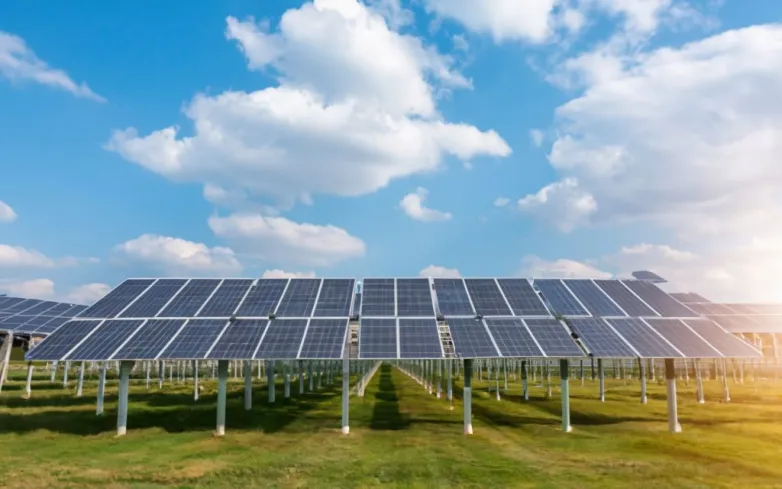Enhancing Solar Efficiency: Laser-Doping IBC Cells for Better Performance
- Revolutionize solar energy with laser-doping technique for enhanced efficiency and protection in IBC cells. Unlocking new possibilities for tandem cells and record-breaking conversion rates.

Researchers at the International Solar Energy Research Center (ISC) Konstanz and the Delft University of Technology have developed a novel technique using laser-doping to enhance oxidation in selected areas of Interdigitated Back Contact (IBC) solar cells. This thickened layer not only increases efficiency but also acts as a protective layer during manufacturing. IBC cells have been used since the 1970s and offer advantages over conventional both-side contact solar cells by eliminating shading losses caused by metal finger and bus bars on the front side.
The enhanced efficiency of IBC cells allows for a wider range of front surface texturing and light trapping schemes, making them ideal for mechanically stacked tandem cells with higher-bandgap technologies like perovskites. Germany's Fraunhofer Institute for Solar Energy Systems achieved a record conversion efficiency rate of 26% for both-sided-contacted silicon solar cells in 2021, while researchers from Fraunhofer ISE and NWO-Institute AMOLF developed a multijunction solar cell with a record 36.1% efficiency by stacking multiple layers of light-absorbing materials. These advancements in solar cell technology hold promise for increased efficiency and lower complexity in industrial production.
How does laser-doping enhance efficiency and protection in IBC solar cells?
- Laser-doping enhances oxidation in selected areas of Interdigitated Back Contact (IBC) solar cells
- The thickened layer created by laser-doping increases efficiency of IBC cells
- The thickened layer also acts as a protective layer during manufacturing process
- IBC cells eliminate shading losses caused by metal finger and bus bars on the front side
- Enhanced efficiency of IBC cells allows for wider range of front surface texturing and light trapping schemes
- IBC cells are ideal for mechanically stacked tandem cells with higher-bandgap technologies like perovskites
- Fraunhofer Institute for Solar Energy Systems achieved a record conversion efficiency rate of 26% for both-sided-contacted silicon solar cells in 2021
- Researchers from Fraunhofer ISE and NWO-Institute AMOLF developed a multijunction solar cell with a record 36.1% efficiency by stacking multiple layers of light-absorbing materials
- Advancements in solar cell technology hold promise for increased efficiency and lower complexity in industrial production.
Also read

